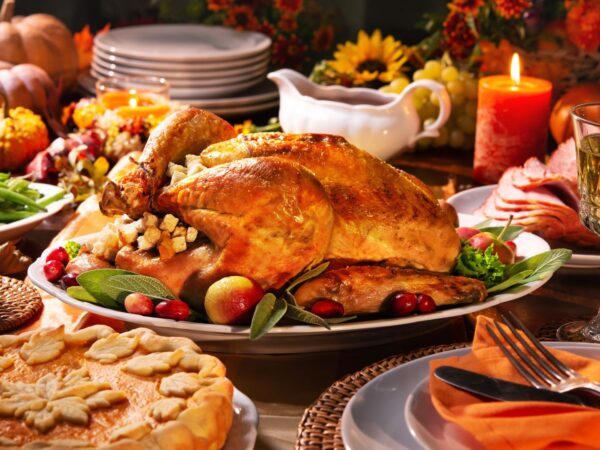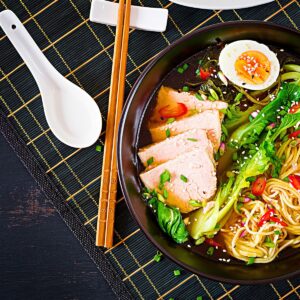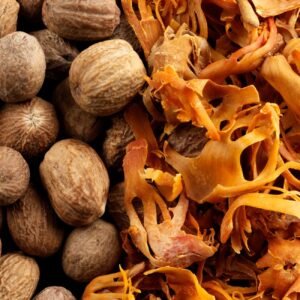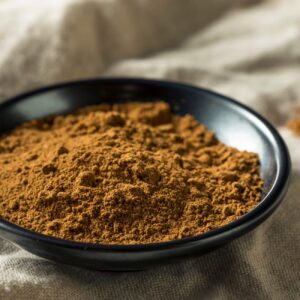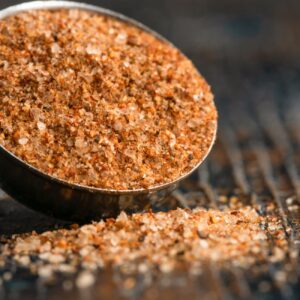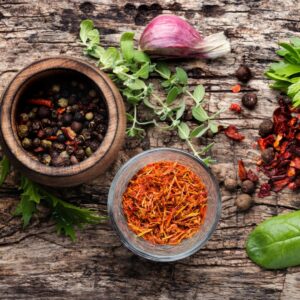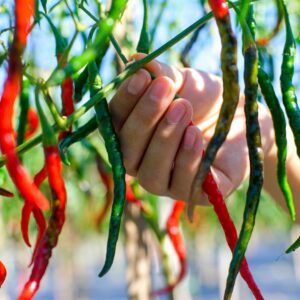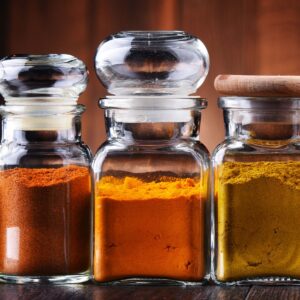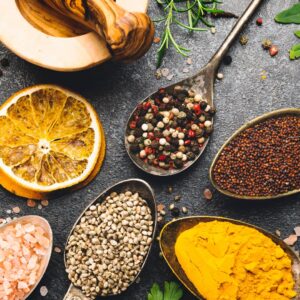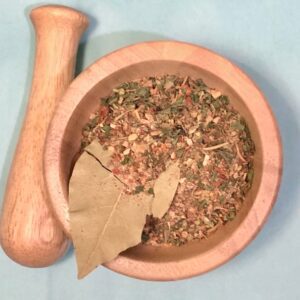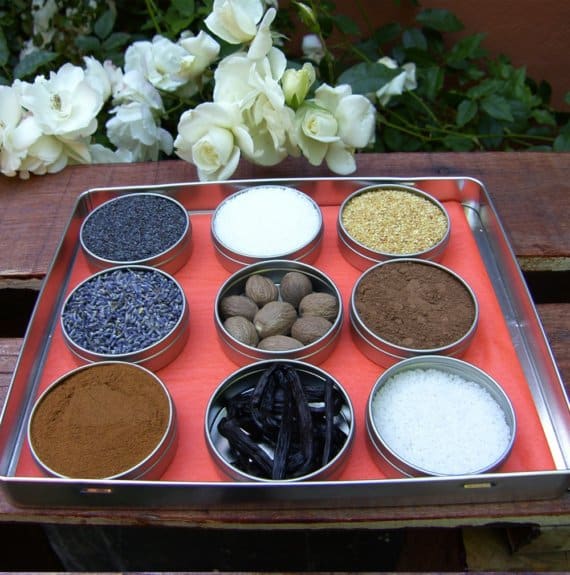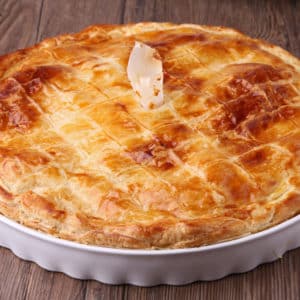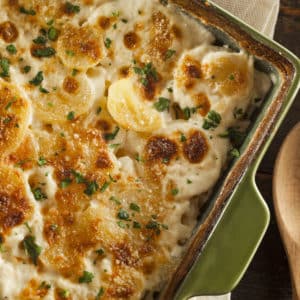Thanksgiving, a time for gratitude, family, and indulging in a bountiful feast, is a cherished American holiday that boasts a rich history and deep-rooted traditions. While turkey, stuffing, and cranberry sauce often take center stage, it’s the spices used in these dishes that infuse Thanksgiving with a unique and unforgettable flavor. In this article, we will explore the significant role of spices in Thanksgiving traditions, how they enhance the flavors of this holiday, and the historical significance behind their inclusion in the feast.
Cinnamon: The Spice of Warmth
Cinnamon, with its warm, sweet aroma and flavor, is a staple in many Thanksgiving dishes. It’s a key component in the iconic pumpkin pie, adding depth and warmth to the dessert. The tradition of including cinnamon in Thanksgiving recipes reflects the desire to infuse the holiday with a sense of warmth and comfort, much like gathering around a cozy fire.
Nutmeg: The Spice of Depth
Nutmeg, often paired with cinnamon, is another indispensable spice in the Thanksgiving spice cabinet. Its slightly sweet and nutty flavor adds depth to a variety of dishes, including creamy mashed potatoes, sweet potato casserole, and eggnog. Nutmeg’s rich, earthy taste is synonymous with the rich and comforting nature of the holiday itself.
Cloves: The Spice of Aroma
Cloves are small but mighty, offering a fragrant and slightly sweet aroma that can transport you to the heart of the Thanksgiving celebration. Used in dishes like glazed ham and spiced apples, cloves provide an inviting aroma that signifies the start of the holiday season.
Ginger: The Spice of Zing
Ginger, with its zingy and slightly spicy flavor, finds its way into Thanksgiving recipes, often in the form of gingerbread cookies and ginger-spiced carrots. The zesty note of ginger adds a lively twist to the traditional feast, providing a pleasant contrast to the richness of other dishes.
Sage: The Savory Spice
Sage is a herb-spice that plays a pivotal role in seasoning the Thanksgiving turkey and stuffing. Its robust and savory flavor pairs perfectly with poultry, making it a beloved choice for enhancing the centerpiece of the Thanksgiving table.
Pumpkin Spice: The Iconic Blend
No discussion of spices in Thanksgiving traditions would be complete without mentioning pumpkin spice. This quintessential blend typically includes cinnamon, nutmeg, cloves, and allspice, and it’s used to flavor everything from lattes to pies. The pumpkin spice craze has become a symbol of the season, signaling the arrival of autumn and the Thanksgiving holiday.
Spices in Thanksgiving Traditions
The use of spices in Thanksgiving traditions harkens back to the historical context of the holiday. Early settlers in America, including the Pilgrims, incorporated spices brought from their homelands into their Thanksgiving recipes. These spices not only added flavor to their meals but also served as a form of preservation for the food during long, harsh winters.
Incorporating spices into the Thanksgiving feast became a symbol of continuity and the blending of Old World and New World traditions. Today, we continue to honor this heritage by including these spices in our Thanksgiving dishes.
Spices are the unsung heroes of Thanksgiving, infusing the holiday with warmth, depth, aroma, and flavor. They connect us to the rich history of the holiday and provide a sense of comfort and tradition. So, as you gather with loved ones around the Thanksgiving table, take a moment to appreciate the spices that have played an essential role in making this feast a cherished tradition for generations.


